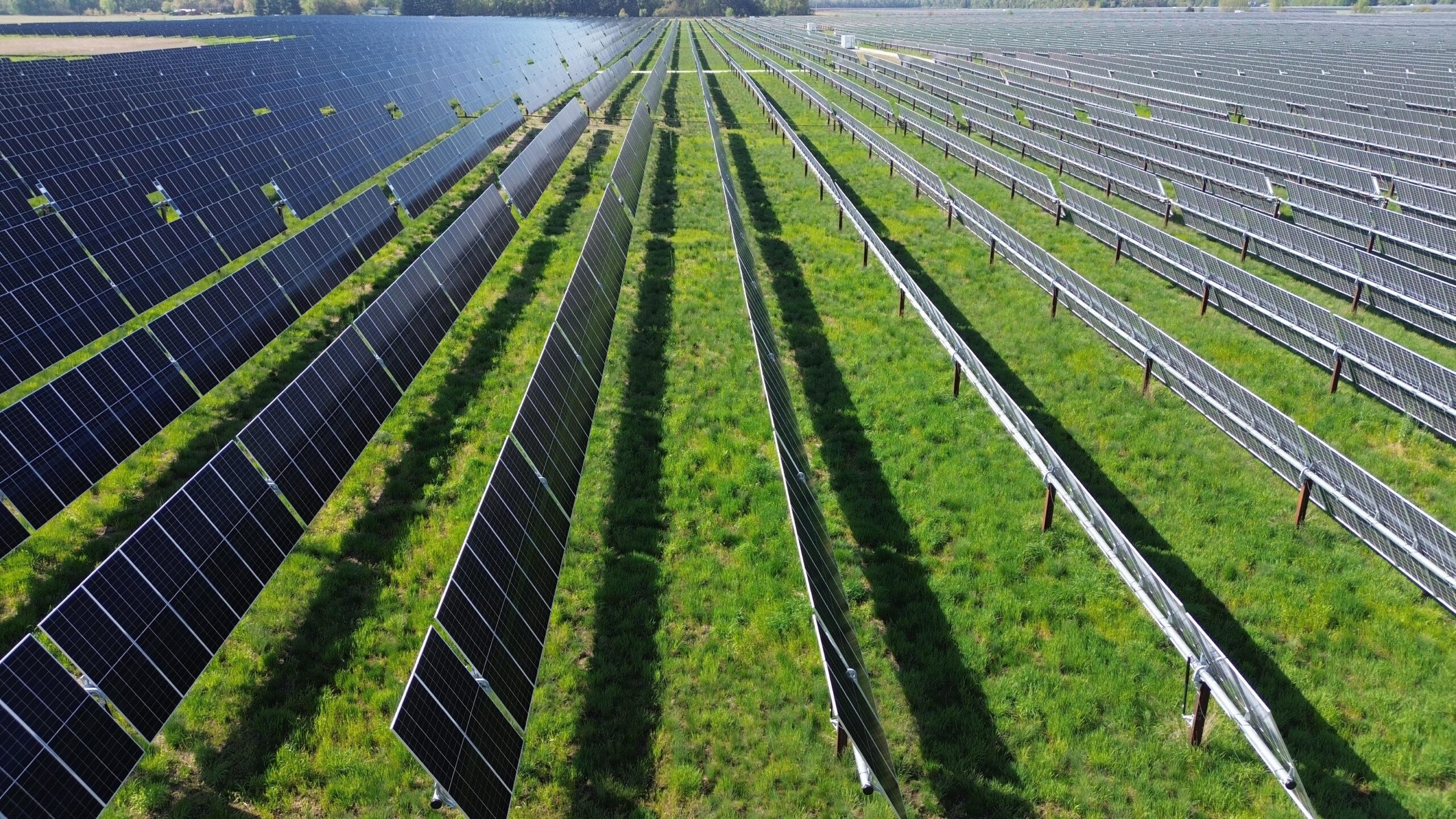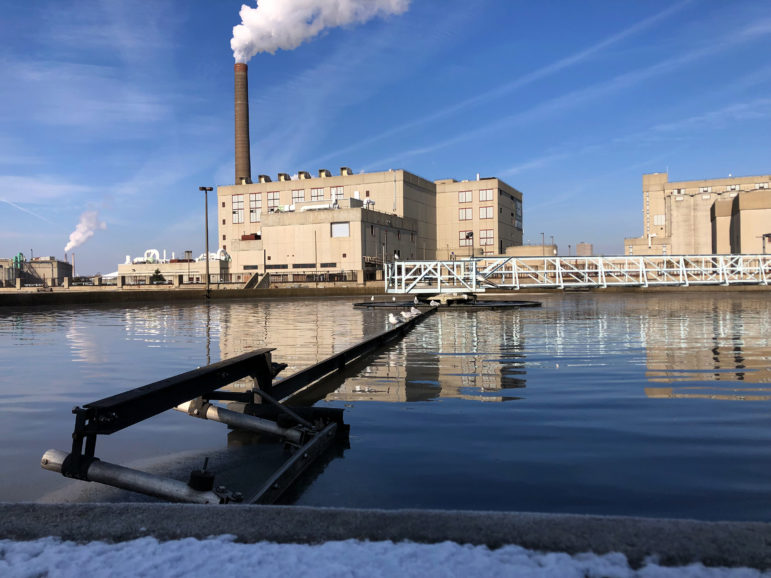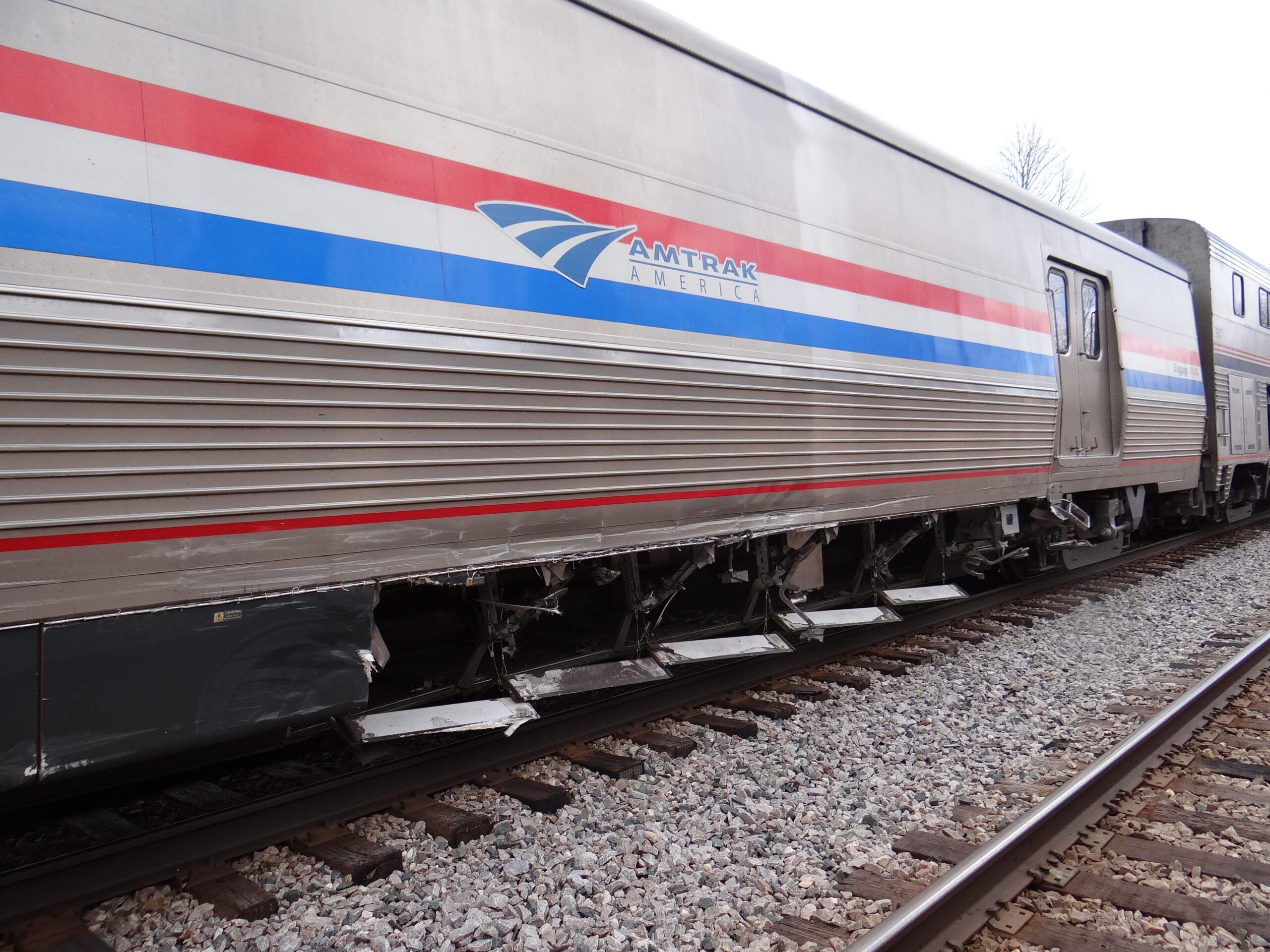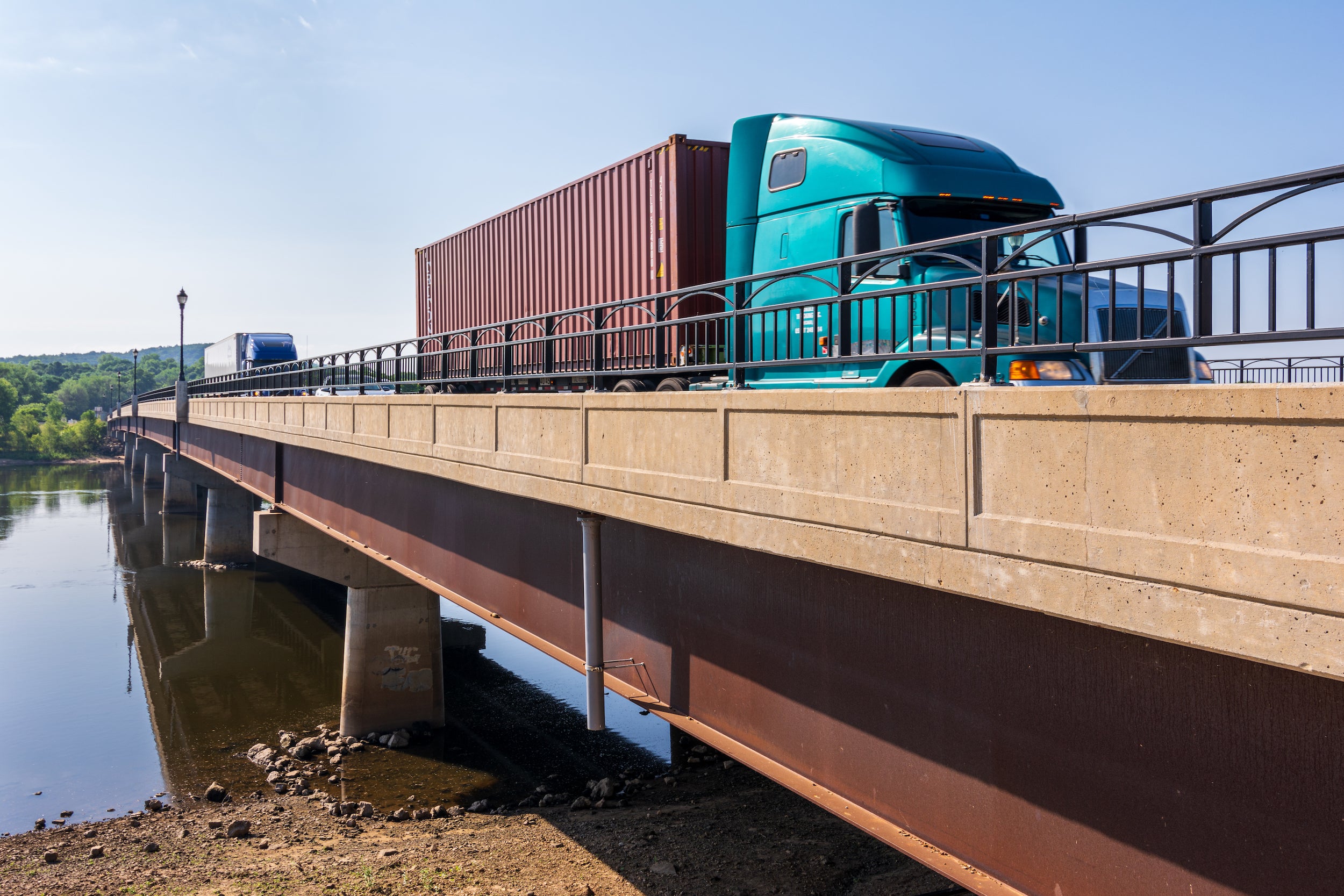More “green infrastructure” is on its way to a Wisconsin community. The goal is meeting the state’s first wastewater discharge permit that demands road, rooftop and other controls to collect or absorb rain and snow melt.
The DNR has told the Milwaukee Metropolitan Sewerage District that it has to add one million gallons of new storm water storage capacity each year for a five-year period. And the district has to use techniques like green roofs, rain barrels, and permeable road surfaces. Milwaukee is the first district in the U.S. to have that requirement, without being forced to via court order. Karen Sands is sustainability manager for the Milwaukee sewerage district. Sands says there are three advantages to going green: “Green infrastructure filters water, reduces water volume in sewers and slows the water down.”
Sands says Monday, (1/28) three short projects were okayed that will use porous pavement on roadway shoulders. “All three projects are what’s called ‘articulating concrete mats,’ that lets water soak in.”
Stay informed on the latest news
Sign up for WPR’s email newsletter.
Sands says this year alone around $2 million from local property taxes have been set aside for green infrastructure. Federal and state grants have also helped the district acquire upstream lands and protect them from development to reduce runoff. Some other communities are also using green infrastructure to fight water pollution and more could dive in if the Milwaukee effort goes well.
Wisconsin Public Radio, © Copyright 2025, Board of Regents of the University of Wisconsin System and Wisconsin Educational Communications Board.



